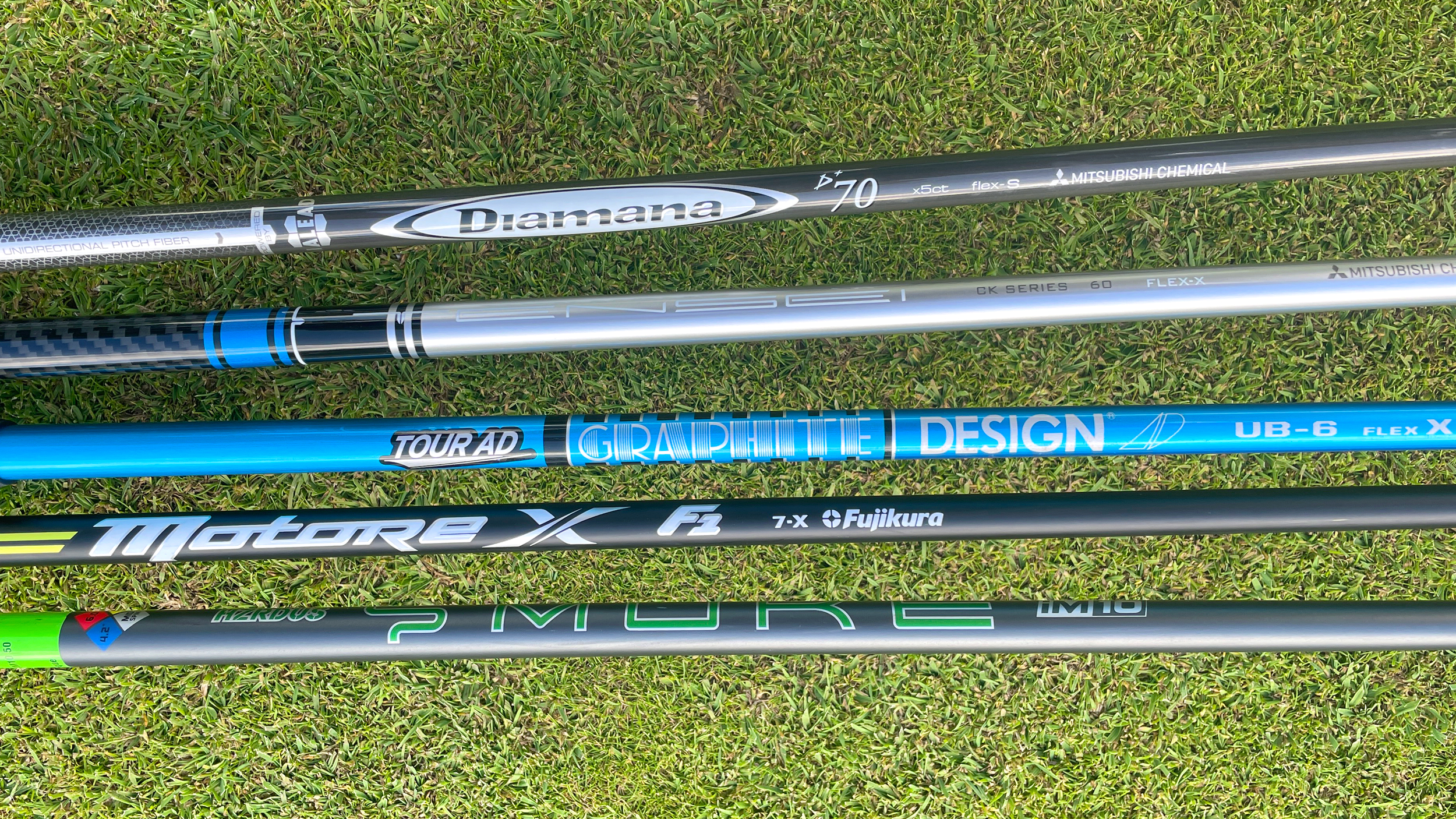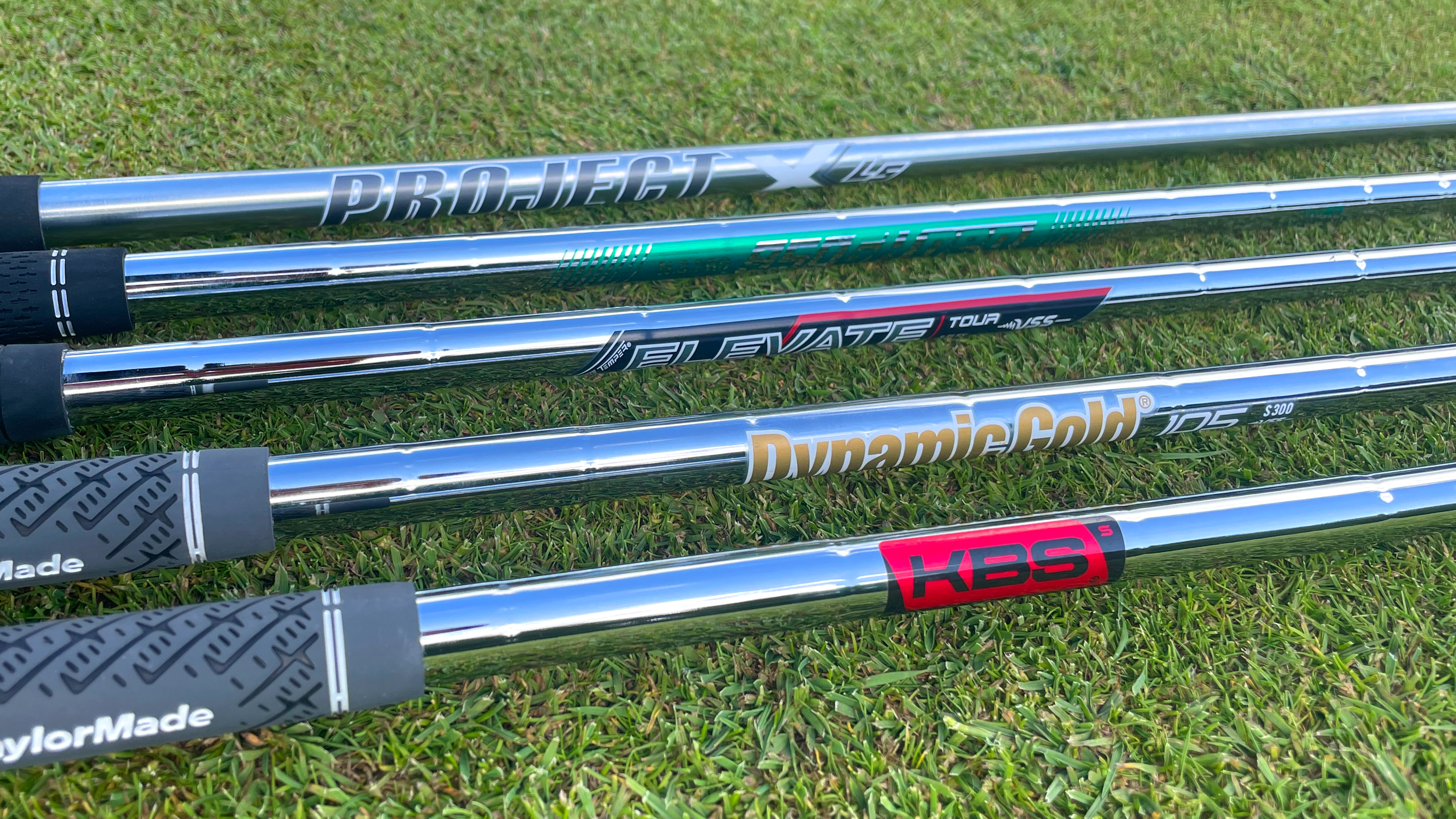
What Is Torque In A Golf Shaft?
Torque in a golf shaft is the measurement of how much it twists during the swing. When you swing the golf club a shaft will both twist and bend. The twist is measured by torque and the bend by shaft flex.
In general terms for a strong swinger a lower torque shaft creates more consistency, whereas for mid to slow speed players, a higher torque might enable them to square the club face more consistently. Having a low torque shaft could allow golfers to use a softer flex or a lighter shaft to generate more club head speed without sacrificing accuracy.
However, every golfer is different so it is important to be custom fitted for your driver shaft to get the right balance of flex and torque, as well and length and weight, to suit your swing and the weight of the club head.

Torque is measured in degrees to represent the amount of twisting that the shaft does during the swing. Some shaft manufacturers print the torque number on the shaft and for most graphite shafts you can expect to see torque of between 3.5° and 5.5°.
Torque is more important to know for graphite shafts because of the way they are built. Layers of carbon fibre lie on top of each other in different configurations and the lighter weight means that a graphite shaft will flex and rotate more than a steel shaft. Graphite shafts can range in torque from 1° right up to 8°.
The material in steel shafts is the same throughout the length of the shaft and therefore torque is less of an issue as the shaft behaves more consistently. The range is much smaller from around 2° to 4° and in most cases torque is not as much of a factor in fitting steel shafts as the weight and flex.
Torque is therefore an important factor in a golf shaft, but should not be looked at in isolation. It will have an impact on the feel of the shaft and performance, but should be looked at in conjunction with shaft weight and flex in order to get the best performing golf shaft for your game in order to ensure you're using the best golf driver for your swing.







